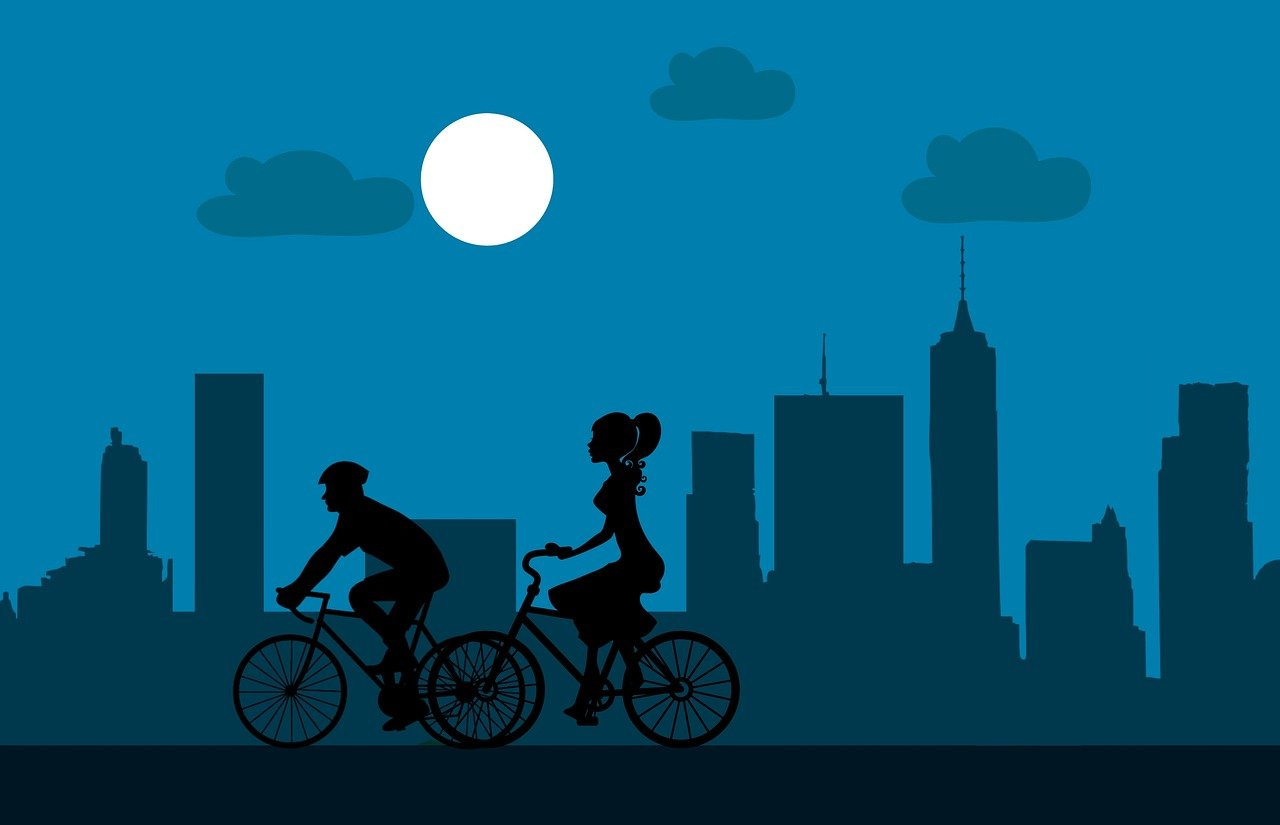Normalize bicycling as transportation
We need comfortable routes for slow & wobbly bike rides from here to there.
Some of my most-shared tweets are color commentary on what passes for “bike infrastructure.” It’s the junk that looks like this:
The only people using “bike infrastructure” where 55 mph vehicles can clip you at any moment are people who have no other choice.
Kitchen staff at a restaurant, hotel cleaning staff, and other low-paid wage workers have to get to work, and they might not be able to afford the $10k-per-year cost of owning a personal vehicle.
Bicycling is a basic form of transportation, but it faces numerous challenges, including inadequate infrastructure and distorted views of people on bikes.
A recent psychological study shed light on the perceptions of cyclists, specifically focusing on the impact of safety attire. The disturbing theme of the findings was that it’s common for people driving cars to dehumanize people riding bikes.
The study found that cyclists wearing helmets were perceived as less human compared to those without helmets. Interestingly, this perception was not solely attributed to helmets obscuring hair and facial features. Cyclists wearing hats, which also obscured similar amounts of hair and facial features, were perceived as more human than those wearing helmets. On the other hand, cyclists without helmets but wearing high visibility vests were more likely to be perceived as less human compared to other attire types tested.
The positive outlook on this study is that when a human being behind the wheel of a car recognizes a human being on a bicycle, they’re more likely to make a human connection. Some have called this “the wind in the breeze effect.”
If you drive up behind a slow, wobbly cyclist, you slow way down and give plenty of space when passing. Your mind might race with speculation about who they are, where they’re from, why they’re riding a bike, etc. But that wobbly slowpoke is a human being.
You later drive up behind a fast cyclist, leaning into the handlebars, decked out in gear, and you don’t give them much attention. They look and act like a skinny vehicle, so you’re more likely to treat them like a vehicle. Dehumanized.
The study findings suggest safety attire itself contributes to the dehumanization of cyclists. This is significant for traffic safety efforts, as dehumanization has been found to predict aggressive behavior towards cyclists. Motorists pass too closely, or get mad at the speed differential and cut the cyclist off, sending them into a curb or worse.
Othering contributes to a culture that marginalizes people on bikes and puts them at risk.
The best way to change the way we think about bicycling is to normalize bicycling. A cynic would say “Walt Disney was a moron because Americans hate walking. They’ll never walk around an amusement park for more than a few minutes.” The response to the cynic is to plan the future you want, not the future you think is inevitable. Half of our car trips are under a few miles long. We run errands all the time that could be served by a bike, but most of us don’t have routes that make us feel safe.
If you look like a sleek machine, people are more likely to treat you like a machine. And worse, planners and engineers are going to assume the “bike infrastructure” pictured above is adequate.
Bicycling has the potential to be a legitimate form of transportation—in cities and suburbs—rather than just a recreational activity or hobby. A bike can be an excellent tool to get from here to there. But we have to plan and design deliberately to achieve that outcome.










I am involved with numerous groups which promote 'utilitarian cycling' in the greater Montréal region and sometimes we are offered table space at various 'Bicycle Salon' style events (not sure what it is called in English) which tend to cater to fancy equipment and bike tourism crowds. And every year it is the same thing:
Question from some random passerby: "And what do you do (in reference to our table)?"
Response: "We promote cycling as a legitimate form of transportation"
Question: "You ride bikes ... in the city? In the winter? Isn't that dangerous?"
And this is a large event which attracts thousands of people who are proud to call themselves 'cyclists'!
I cycle a lot in a blue suburban area where I don’t encounter much hostility to bikes, or any outside of drivers. When people see me commuting or running errands on bike they always react the same: wow that’s cool. And then they don’t even consider doing it themselves.